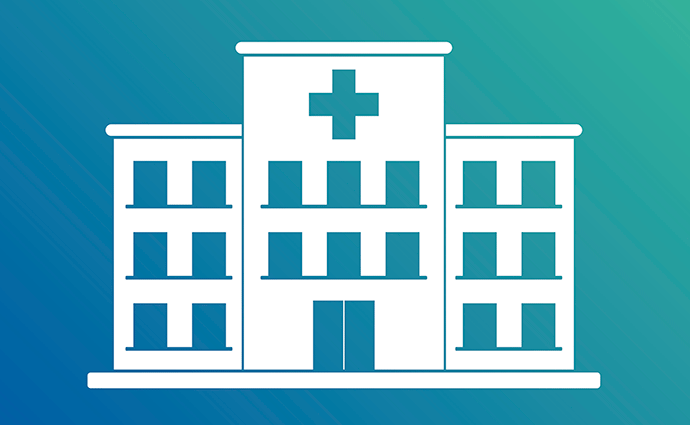Additional Providers Increase Hospital Length of Stay
Each additional provider that sees a patient during a hospitalization adds an extra day to the hospital length of stay, new data shows.

Source: Thinkstock
- Additional providers caring for patients significantly increase in both cost of care and hospital length of stay, a recent IllumiCare report found.
The report emailed to RevCycleIntelligence.com showed that for each additional provider lending a helping hand, hospital length of stay increases by one extra day. And once the patient’s stay passes three providers involved and three days in the hospital, each additional provider adds 0.58 days to the length of stay, the report stated.
“As one of the top quality and financial metrics hospitals used to track performance, this increase in stay due to increasing handoffs and specialty consultations is not trivial,” stated researchers who then cited Kaiser Family Foundation data that shows the average cost per hospital day is $2,424.
The findings refute the commonly held belief that one hospital handing off a patient to another hospitalist is different that a hospital transferring a patient to a specialist, like a cardiologist or neurologist. The types of providers involved during a hospitalization did not matter as much as the number of providers touching that patient during the stay, the report found.
“The analysis shows that even patients who saw only one or a small number of different specialties saw an increased length of stay. Each provider brings their own background, practice habits, preferences, etc. to the case. Also, there is often an imperfect information exchange from one provider to the next,” the report stated.
The report also found wide variation in hospitalist practice of consulting other specialists. For example, hospitalists consulted with an average of 4.29 providers per case, but the range varied from 1.3 other specialists to 11.84 other specialists across over 280 admissions, the report showed.
“This data is the perfect representation of the common saying, ‘Too many cooks in the kitchen,’ clearly demonstrating the challenges hospitals face in streamlining care,” G.T. Laborde, CEO of Illumicare, stated in the report.
“Executives are looking to get a better hold on provider behaviors that drive unnecessary cost and risk. Since medicine is not formulaic, it is difficult to manage each providers practice habits and tendencies, like the habit of consulting.”
Transparency is key to reducing the impact certain providers have on hospital length of stay, Laborde stated. Healthcare organizations should be aware of various provider habits that not only boost costs, but also put patient care at risk.
Care variation is important for not only improving patient quality care, but also reducing healthcare costs as well. Specifically, reducing care gaps and creating clinical guidelines are important steps in delivering high quality, low cost care.
High quality hospitals deliver lower cost care for approximately 82 percent of diagnoses, according to an October 2018 Advisory Board analysis of 468 hospitals.
Separate data from over 20 million patients across 13 service lines and 983 diagnosis subgroups found that the average hospital spent up to 30 percent more to deliver care with comparable or lower quality outcomes.
In addition, the report highlighted the fact that health system leaders estimate care variation reduction (CVR) efforts will save their organizations anywhere from $50 million to $150 million.
“Eliminating the cost gap entirely is not realistic due to underlying clinical, demographic and operational differences between organizations that are difficult to fully control for within study design,” explained Verna Lanka, MD, senior director of research at Advisory Board.
But even just slightly closing the gap can help hospitals save. For example, “closing just a quarter of the cost gap for less than ten percent of the conditions analyzed could net over $4 million in annual savings for hospitals and over $40 million for 10-hospital system-without compromising quality,” Lanka said.
